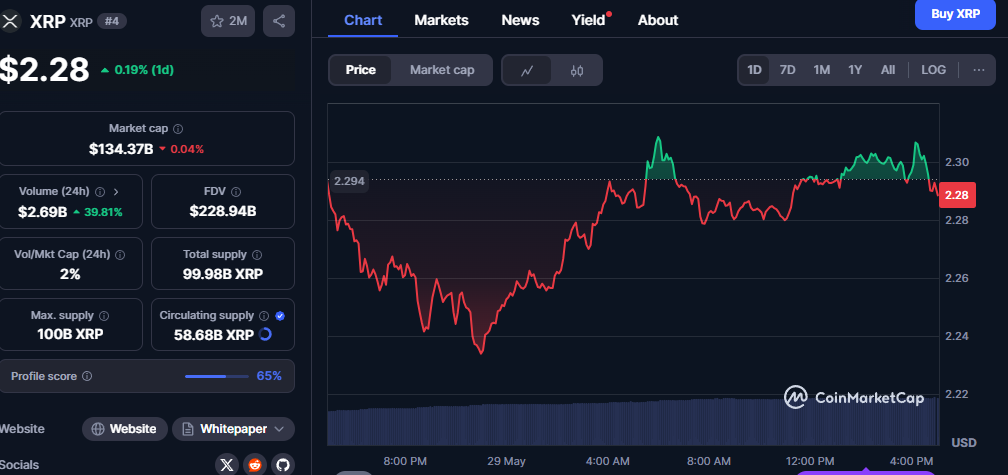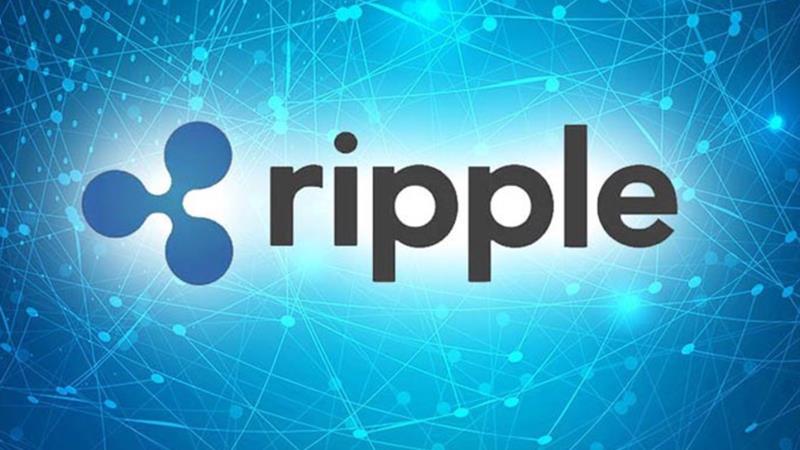- Ripple has released a new guide to help fintechs overcome challenges in cross-border payments using blockchain technology.
- The guide introduces Ripple’s upcoming stablecoin, RLUSD, which promises faster, cheaper, and more transparent international transactions.
Ripple, the blockchain-based payments company known for challenging the traditional financial system, has just unveiled a comprehensive guide for fintechs aimed at tackling the persistent problems in cross-border payments. The release comes on the heels of Ripple’s expansion into the United Arab Emirates, signaling its strategic push to modernize international transactions.

Originally developed in 2012 by David Schwartz and a team of cryptographers and engineers, Ripple was built to streamline cross-border transactions. The platform’s new guidebook offers insights for developers, investors, and financial institutions looking to harness blockchain for global payments. The timing couldn’t be better. The global B2B payments market, valued at $31.6 trillion in 2023, is expected to surge to $50 trillion by 2032, with global e-commerce projected to hit $6 trillion this year alone.
Also read: Can Solana (SOL) Overtake Ethereum in 2025? Key Reasons Behind SOL’s Rapid Rise
Ripple’s new publication lays out how blockchain technology improves transaction speed, transparency, and cost-effectiveness. It compares traditional payment methods — like ACH, wire transfers, and cards — to blockchain solutions, highlighting the inefficiencies and high costs associated with legacy systems. “Traditional rails like SWIFT often result in delays due to time zone mismatches and manual errors,” the report states.
The guide also outlines current challenges facing international payments: long processing times, high fees, lack of transparency, and complex regulatory compliance. A single typo in a SWIFT code or incomplete payment instructions can cause transactions to fail, creating stress for businesses and individuals alike.
Ripple proposes a blockchain-based alternative: Ripple Payments, which uses a stablecoin called RLUSD. Launching in December 2024, RLUSD aims to provide a fast, reliable, and cost-effective way to move money across borders. The system allows “single onboarding” to Ripple’s global network of payment processors, enabling transactions in both fiat and stablecoin.
According to Forbes, Ripple has already benefited from a $300 billion influx into blockchain infrastructure. With this latest initiative, Ripple not only reinforces its position as a leader in the fintech space but also provides a blueprint for the future of international finance.
As cross-border commerce accelerates, Ripple’s innovations may be key to unlocking a more efficient and inclusive global economy.




